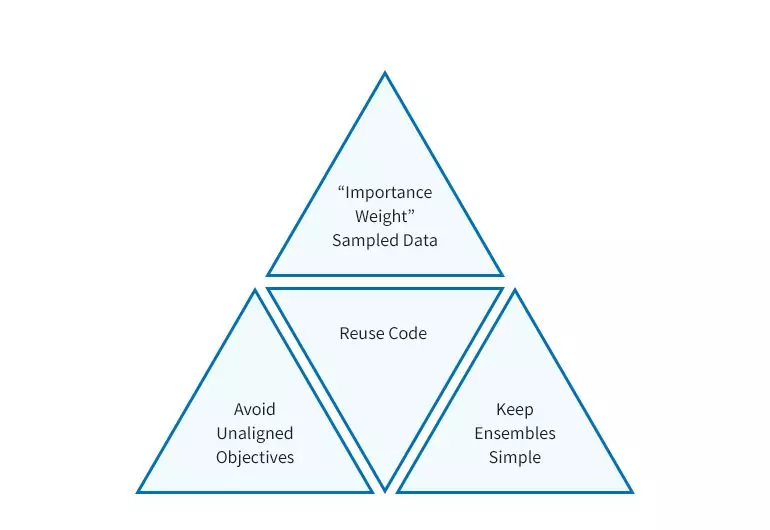Comments
- No comments found

Machine learning (ML) has given rise to several practical applications that fulfill real business interests such as saving time and money.
It has the potential to dramatically impact the future of your organization. Through applications such as virtual assistant solutions, machine learning automates tasks that would otherwise need to be performed by a live agent. Machine learning has made dramatic improvements in the past few years, but we are still very far from reaching human performance levels. Many a times, a machine needs the assistance of a human to complete its task. This is why, it is necessary for organizations to learn best practices in machine learning.
For the correct implementation of a machine learning algorithm, organizations are required to study machine learning use cases and execute best practices. Some such best practices include:

When your organization has too much data, there is a temptation to take some files and drop rest of them. Dropping data while training your machine learning algorithms can cause several issues. Importance weighting means that if you decide that you are going to sample example X with a 30% probability, then give it a weight of 10/3. Thus, by importance weighting, all of the calibration properties are discussed and addressed.
You must reuse code between your training pipeline and your serving pipeline whenever it is possible. Batch processing methods are different than online processing methods. In online processing, you have to handle each request as it arrives, whereas, in batch processing you have to combine tasks.
At serving time, you are doing online processing, while training is a batch processing task. For using the code, you can create an object that is particular to your system. You should be able to store the result of any queries or joins in a very human readable way.
Then, once you have gathered all the information, during serving or training, you should be able to run a common method for bridging between the human readable object that is specific to your system and whatever format the machine learning system expects.
While measuring the performance of your machine learning system, your team will start to look at issues that are outside the scope of the objectives of your current system. If your product goals are not covered by the existing algorithmic objective, then you must either change your objective or your product goals. For instance, you may optimize clicks or downloads, but make launch decisions based in part on human raters.
Unified models are those models that take in raw features and directly rank content. These models are the easiest models to debug and understand. However, an ensemble of models works better. To keep things simple, each model must either be an ensemble, only taking the input of other models, or it can be a base model taking many features, but not both
If your organization is having models on top of other models that are trained separately, then combining such models can result in bad behavior. You must use a simple model for ensemble that takes only the output of your “base” models as inputs. You can enforce properties on these ensemble models. For example, an increase in the score produced by a base model should not decrease the score of the ensemble.
Thus, implementing these best practices can ensure successful implementation of machine learning algorithms.
Naveen is the Founder and CEO of Allerin, a software solutions provider that delivers innovative and agile solutions that enable to automate, inspire and impress. He is a seasoned professional with more than 20 years of experience, with extensive experience in customizing open source products for cost optimizations of large scale IT deployment. He is currently working on Internet of Things solutions with Big Data Analytics. Naveen completed his programming qualifications in various Indian institutes.
Leave your comments
Post comment as a guest